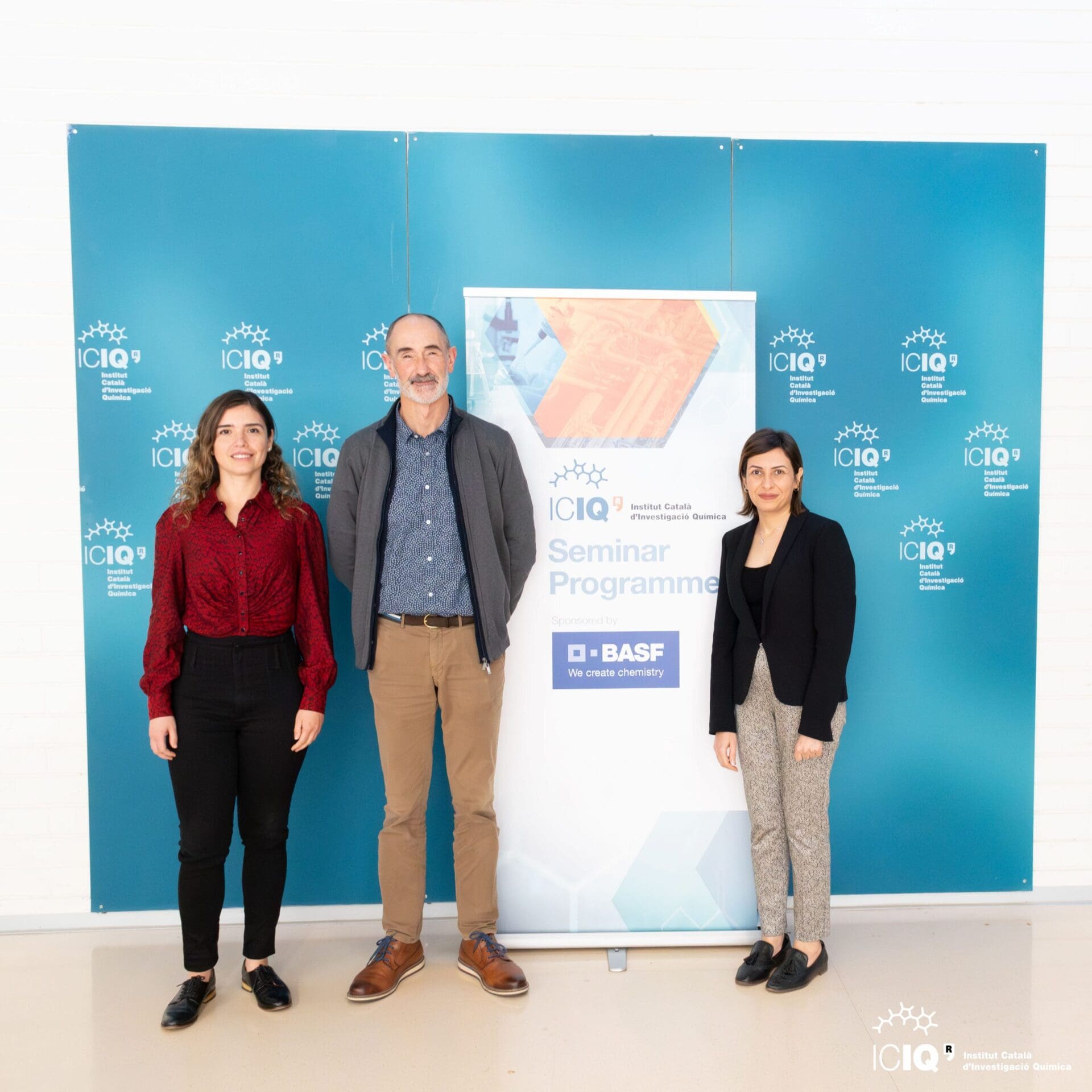
 02/02/2024
02/02/2024
 12:00
12:00
- Lecturer: Prof. Luis M. Liz-Marzán
- University: CIC biomaGUNE, Ikerbasque, Cinbio, CIBER-BBN, Spain
Chirality in Inorganic Nanomaterials
The field of chirality has seen a strong rejuvenation due to the observation of nanoscale chirality in inorganic nanoparticles [1,2,3]. This lecture will highlight recent advances in the field of plasmonic chirality, including novel methods for the synthesis of optically active plasmonic nanomaterials. Although much research in this field has been related to chiral nanostructures formed by the directed self-assembly of gold nanorods on various chiral templates, it has been demonstrated that the well-known seeded-growth method can be employed to endow colloidal nanoparticles with chiral features. Recently developed approaches will be introduced, comprising either the use of chiral amino acids [4] or the self-organization of surfactant micelles into chiral structures on nanoparticle seeds [5]. These concepts open up a wide range of possibilities, by playing around with the variety of potential chiral co-surfactants, seed morphologies and metal compositions, which have been studied in the context of the seeded growth of metal nanoparticles. We demonstrate that the addition of chiral additives leads to different types of chiral features in the overgrown nanoparticles, resulting in high optical handedness, which can be tuned through the visible and the near IR [5-7].
References:
[1] N.H. Cho, A. Guerrero-Martínez, J. Ma, S. Bals, N.A. Kotov, L.M. Liz-Marzán, K.T. Nam, Nat. Rev. Bioeng. 1 (2023) 88.
[2] D Vila-Liarte, N.A. Kotov, L.M. Liz-Marzán, Chem. Sci. 13 (2022) 595.
[3] G. Zheng, J. He, V. Kumar, S. Wang, I. Pastoriza-Santos, J. Pérez-Juste, L.M. Liz-Marzán, K.-Y. Wong, Chem. Soc. Rev. 50 (2021) 3738.
[4] B. Ni et al., Adv. Mater. 35 (2023) 2208299.
[5] G. González-Rubio et al., Science 368 (2020), 1472.
[6] X. Zhuo, M. Mychinko, W. Heyvaert, D. Larios, M. Obelleiro-Liz, J.M. Taboada, S. Bals, L.M. Liz-Marzán, ACS Nano 16 (2022) 19281.
[7] K. Van Gordon, S. Baúlde, M. Mychinko, W. Heyvaert, A. Criado, S. Bals, L.M. Liz-Marzán, J. Mosquera, Nano Lett. 23 (2023) 9880.
Other events

Let's create a brighter future
Join our team to work with renowned researchers, tackle groundbreaking
projects and contribute to meaningful scientific advancements



















